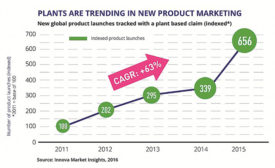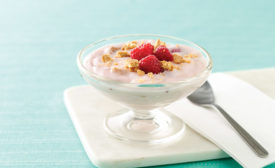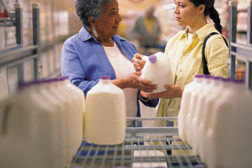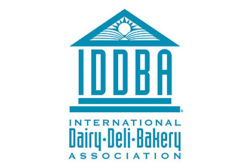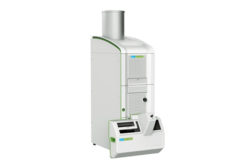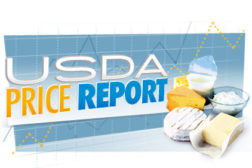Home » dairy trends
Articles Tagged with ''dairy trends''
Midwest Dairy launches podcast series about issues, trends impacting the dairy community
Hosted by CEO Lucas Lentsch, the first episodes discuss how to make the critical connection with consumers and share insights from the recent Dairy Experience Forum.
September 11, 2018
Crystal ball gazing
Mintel picks 12 food/drink trends to watch in 2016
Consumers are recognizing that diets can connect with the way they look and feel.
December 3, 2015
Formulating for millennials and baby boomers
But they look at food through different lenses. Millennials are all about knowing the origin of foods and eating all-natural foods. Boomers want to prevent illness and seek foods that keep them healthy and active into retirement.
April 12, 2014
USDA weekly prices
Retailers push organic dairy this week, while cheese production slows, reports the USDA's Dairy Market News
July 27, 2012
Stay ahead of the curve. Unlock a dose of cutting-edge insights.
Receive our premium content directly to your inbox.
SIGN-UP TODAYCopyright ©2024. All Rights Reserved BNP Media.
Design, CMS, Hosting & Web Development :: ePublishing



